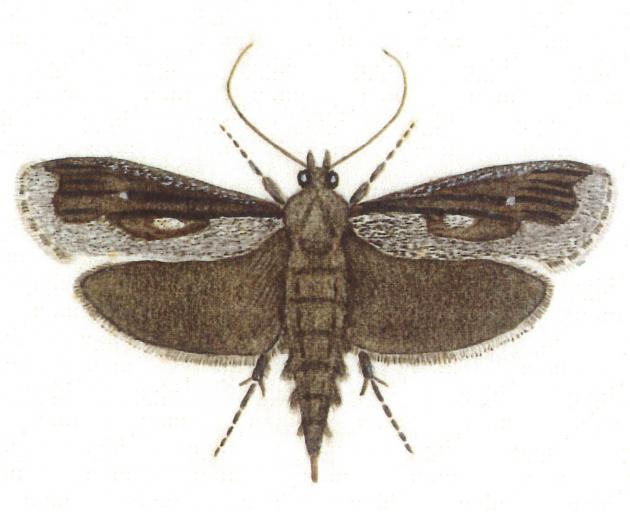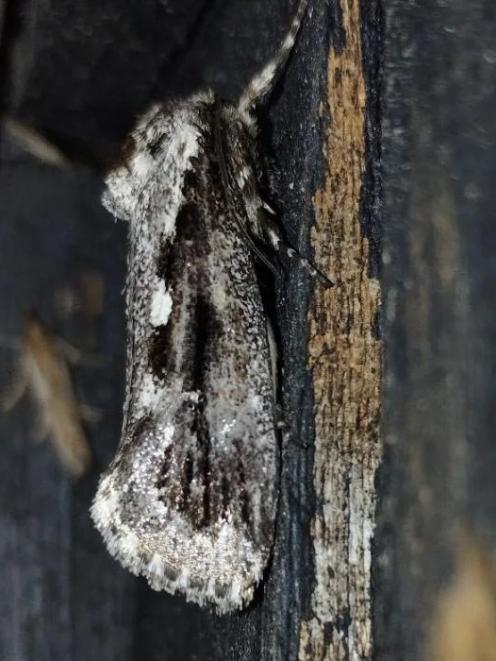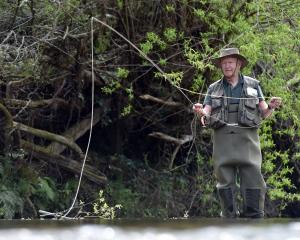
Pav Johnsson had led a nocturnal bird-watching expedition, but not before placing his new-design, LED-powered, UV lamp over a South Sea Hotel balcony. On returning after midnight, having successfully observed a kiwi, he found and photographed a large brown moth with distinctive whitish scales on its forewings that was resting under a chair.

Surrounded in mystery, the moth’s relationship with other moths remains unknown, so it has yet to be placed reliably into a recognised family. It will likely require its own unique new family name and cannot even be placed into an existing superfamily.
The moth was named Titanomis sisyrota by Edward Meyrick in 1888, based on a specimen found by G.V. Hudson in 1882 in Nelson. It was thought to be enormous because Meyrick erroneously assigned it to the family Tineidae — which comprises small grey moths including clothes moths and others whose larvae bore through shoots and mine leaves. This made the frosted phoenix’s bulky proportions and relatively large wingspan seem gigantic, thus the generic name.
In his great 1928 book on New Zealand moths and butterflies, Hudson followed Meyrick in placing the frosted phoenix in the family Tineidae. John Dugdale, however, in his 1988 Fauna of New Zealand No. 12 Lepidoptera — annotated catalogue and keys to family-group taxa, gave good reasons for excluding it from the family Tineidae, but could not place it in any current family.
Some entomologists have speculated that it might not even breed in New Zealand, instead being a rare migrant species that is occasionally blown here from Australia or elsewhere, but this now seems unlikely because there are no overseas descriptions of a moth that resembles the frosted phoenix. Its caterpillar, habitat and way of life are still unknown. The well-sclerotised ovipositor of the female suggests it may lay its eggs in wood or stems.

Until last month, the moth had last been seen 65 years ago. Its rediscovery this year resembles that of the takahe, which was found in the Murchison Mountains in 1948, after having been thought extinct 50 years earlier. Following its rediscovery, Labour MP Mabel Howard declared in Parliament: "We must make sure the takahe never becomes extinct again!".
Hopefully, the life history and way of life of the frosted phoenix moth will become known following the recent discovery.












